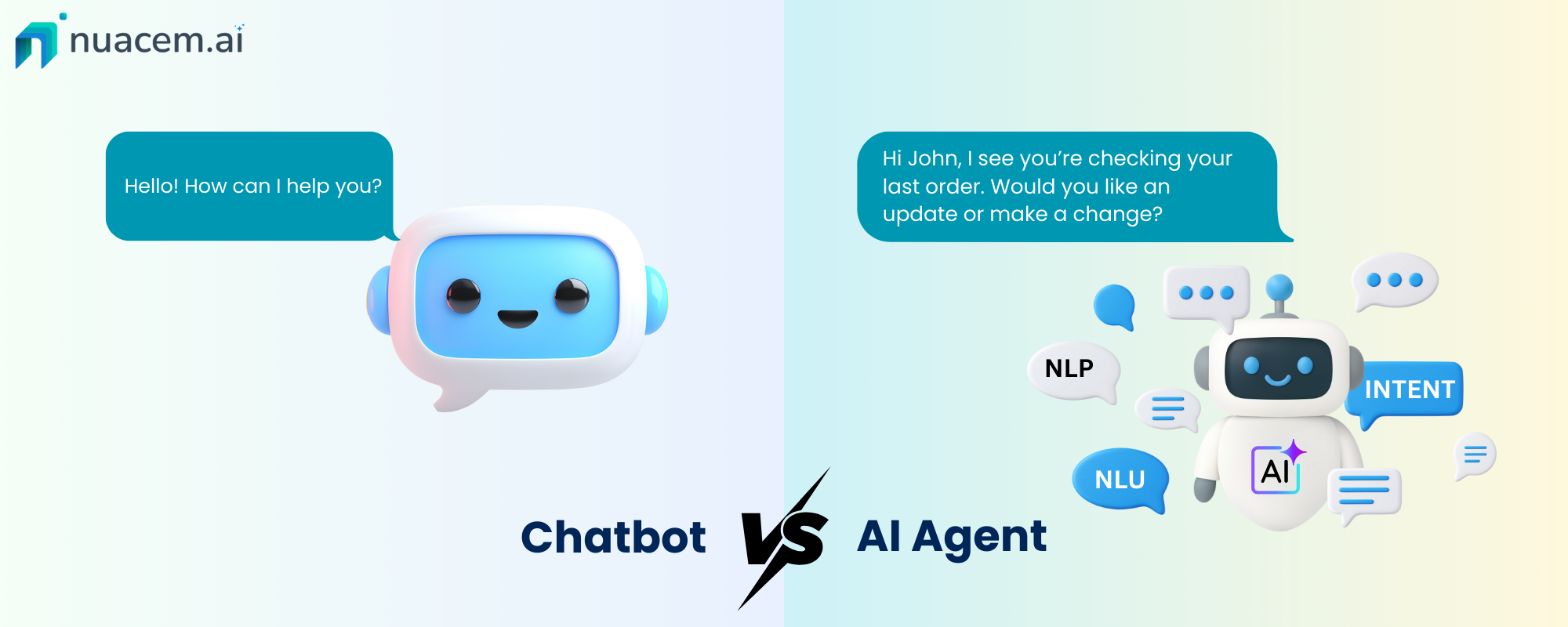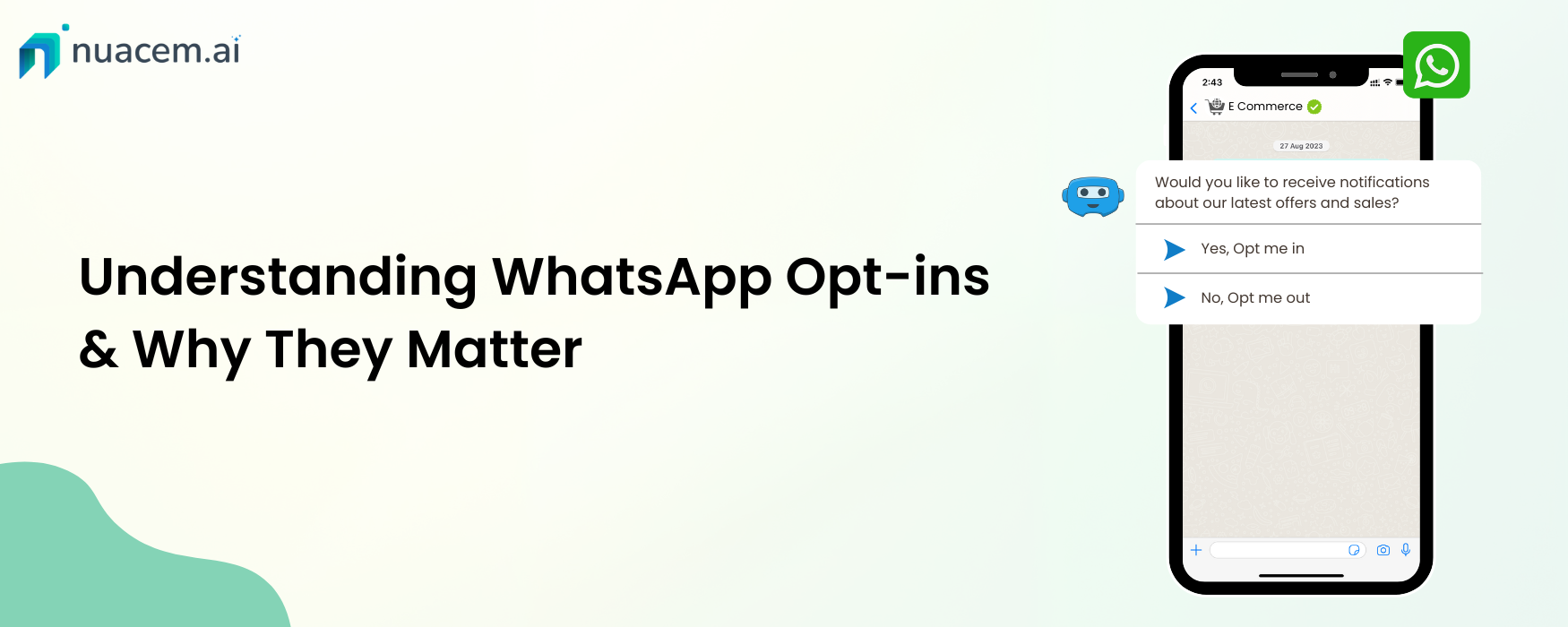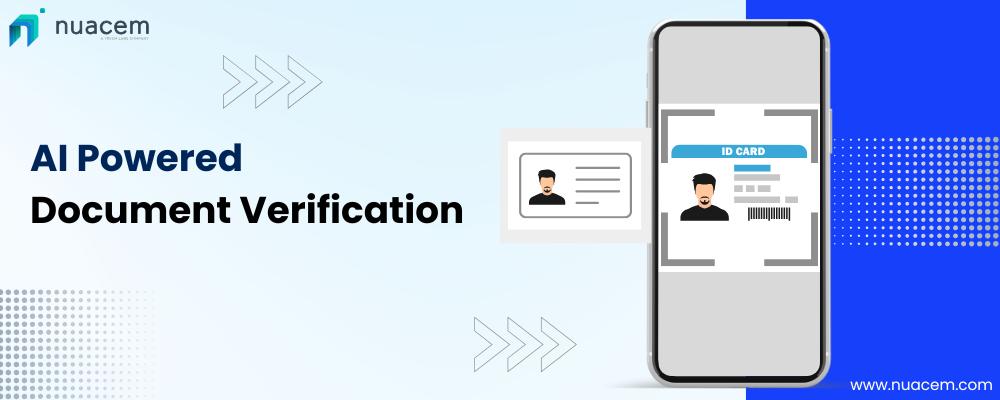In this age of digital transformation where businesses are moving to digitize and automate many operations, chatbots and various cognitive virtual assistants are being highly adopted. Not only in customer service, but they are quite useful in internal operations as well. However, actual difference between them is poorly understood.
Highlights:
- Use Case
- Technical Sophistication
- Intent Understanding
- Benefits of Implementing Enterprise Chatbots
- Retaining Users' Context
- Setup and Initial Investment
- Price
The confusion is not completely people’s fault as both chatbots and virtual assistants have been developed during the same time but while marketing and reaching out, weren’t explained to people well.
Many people tend to use these words interchangeably which, at small scale, might not cause big errors but would definitely cause some in the long scale and in some specific use cases. Using chatbots in cases where you actually need virtual assistants would not satisfy you fully and provide disappointing results while using virtual assistants in cases where chatbots are sufficient would be an overkill.
In this article, let us compare chatbots which are intelligent virtual assistants in various aspects so as to understand differences of both. By end of it, you would have a good understanding regarding chatbot vs virtual assistant and will help in taking a decision as to what works best for you.
Use Case
Chatbots and Intelligent virtual assistants are designed and developed with different intents and purposes. Use case is a primary cause of confusion between chatbots and intelligent virtual assistants.
On the surface, both use cases of chatbots and virtual assistants match, like automating customer experience, automating certain business use cases and more. However, it only becomes clear when you go down in detail.
Chatbots are used in cases where you want to give small details to users or have a general chat with them. It might be getting them a FAQ or just answering small queries and taking actions and when it could not, transferring to sales executive. Here, chatbots typically do not retain context(which we would discuss later in this article).
Virtual assistants are used in cases where a higher degree of assistance is needed to be given to users regarding various aspects and also, there must be higher retention of data.
For example, if domain and context is very tricky where small changes in words might cause huge changes in meaning and complex actions are required for a correct conversation experience, intelligent virtual assistants are the way to go.
An application must be able to handle complex sequences of actions without actually contacting representative…, virtual assistants are used.
Technical Sophistication
This, again, is a source of confusion. Both software of chatbots and intelligent cognitive virtual assistants use technologies of Machine Learning, Artificial intelligence and derivatives of them like Natural Language processing, speech recognition and more. However, the way in which they are used and to what depth they are used vary.
Basically, both use trained machine learning models on large data sets, but intelligent Virtual chatbots use cognitive AI which is more advanced than AI used in chatbots. As such, even the best chatbots might not be as capable as a good cognitive virtual assistant.
While both chatbots and intelligent virtual assistants learn from chats, cognitive learning virtual assistants can better learn more data and gain more insights than a chatbot application.
Intent Understanding
Whether for chatbot or virtual assistants, understanding user’s intent is a very crucial step. Intelligent Virtual Assistants are better equipped to understand an intent of the user than chatbots. Compared to virtual assistants, chatbots cannot differentiate little nuances in user’s requests to process their intents.
Chatbots also cannot easily handle disambiguations and provide a straight answer even when an intent is originally unclear but a best virtual assistant would be well able to handle all disambiguations and ask for further clarification. Also, virtual assistants are way better than understanding various spelling mistakes where they would have various models of spell errors including qwerty errors, phoneme models and more.
Also, purely trying to detect raw intent is also not appropriate for all cases. Consider a case in which user exhibits certain emotion like they are feeling sad today and want to do something, a chatbot would give a straight reply but an intelligent virtual assistant would provide an extended answer.
Retaining Users' Context
Not all times user’s requests complete in a single instance of chat and their context needs to be carried forward. General chatbots do not contain technology to retain user’s context but cognitive virtual assistant AI would store user’s context and tailor the responses based on context.
Setup and Initial Investment
Chatbots tend to have very easy setup and little initial investment in terms of specification because they are simple. On the other hand, intelligent cognitive assistants need much more information and thus, need considerable initial investment in terms of defining use cases, providing more examples and more.
Price
As chatbot and virtual assistants differ so much in technical sophistication and capabilities, there would naturally be a difference in price.
Just as many software products these days, chatbots and virtual assistants are available in many tiers where in each tier you would get more and more features and a custom plan where you create a personalized plan.
Price difference between chatbots and virtual assistants would be so much so that high tier price of chatbots tend to match basic tier price of virtual assistants!
Final Words
So, by now you may have well understood that chatbots and virtual assistants may overlap in use cases generally but differ a lot. Chatbots are useful for providing basic conversational experiences that are relatively easy to set up and cheap. Intelligent Virtual assistants provide powerful and complex conversational experiences that are able to handle requests more efficiently and give most appropriate responses. However, they can have relatively complex initial setup and are expensive.
So, based on your context and use case, go for the most appropriate solution!






